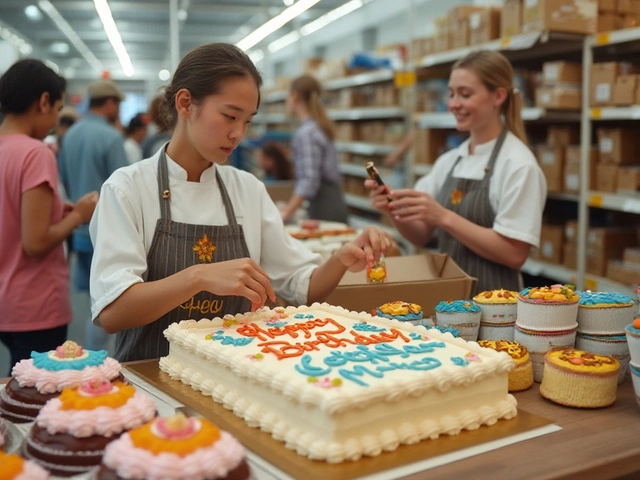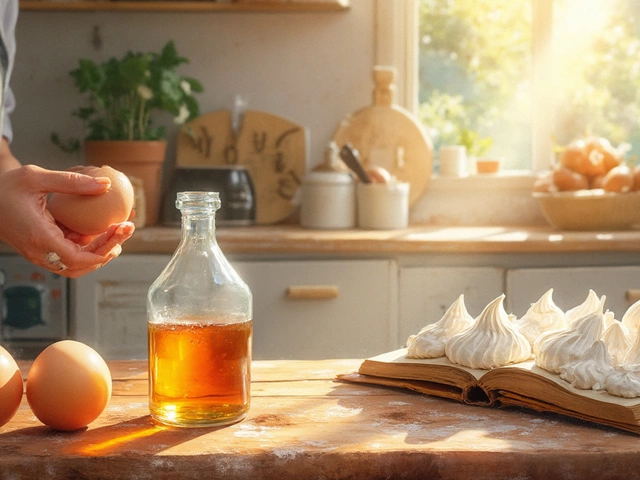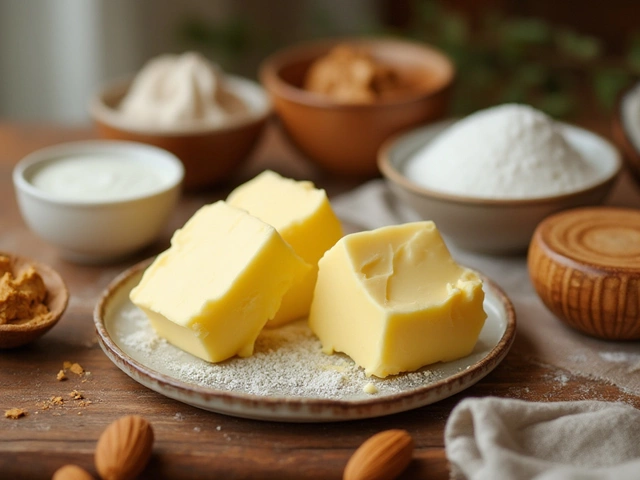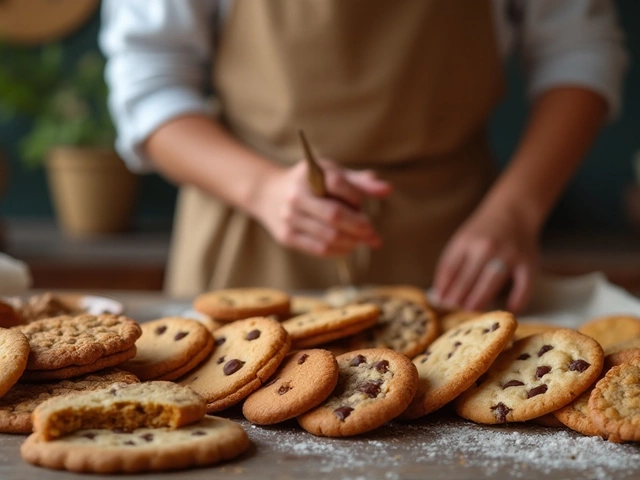Rising Prevalence of Vegan & Gluten‑Free Desserts
Ever notice how many friends are swapping regular cake for a plant‑based version? It’s not a coincidence. Over the past few years, more and more people are choosing desserts that don’t use animal products or gluten. The shift feels big, but the reasons are simple: health worries, ethical concerns, and the fact that tasty options are finally easy to find.
Why More People Choose Plant‑Based Sweet Treats
First off, health talks dominate our feeds. People hear that too much sugar and saturated fat can hurt, so they look for alternatives that still satisfy a sweet tooth. Replacing butter with avocado or coconut oil, using almond milk instead of dairy, or swapping eggs for flaxseed make a dessert feel lighter without losing flavor. Those swaps also add nutrients like healthy fats and fiber.
Second, the ethical factor matters. Many folks don’t want to support animal farming, and that mindset extends to the bakery aisle. When a recipe lists “vegan” right up front, it signals the brand cares about animal welfare. Social media influencers often highlight cruelty‑free treats, giving the trend a boost.
Finally, accessibility is finally on our side. Years ago, making a vegan or gluten‑free cake required a grocery list that looked like a chemistry experiment. Today, stores stock almond flour, oat milk, dairy‑free chocolate, and ready‑made mixes. You can grab everything in one trip and start baking without a PhD.
Gluten‑Free Baking Gets Easier Every Day
Gluten‑free used to mean dense, crumbly, and bland. The reason? Traditional wheat flour provides structure, and without it bakers struggled to replace that quality. Modern gluten‑free blends combine rice flour, tapioca starch, and xanthan gum to mimic wheat’s elasticity. The result? Light, airy cupcakes that taste like the real thing.
If you’re new to gluten‑free baking, start simple. Use a 1‑to‑1 gluten‑free flour mix for most recipes, add a little extra liquid, and watch the batter for the right consistency. A quick tip: let the batter rest for 10‑15 minutes. That gives the starches time to absorb moisture, which cuts down on grainy textures.
Another hack is to blend different flours for flavor. A mix of oat and almond flour gives a nutty taste that pairs great with chocolate or fruit. It also adds protein, which helps the final product feel more satisfying.
Beyond the kitchen, the rise in popularity is reflected in sales numbers. Cake shops report higher demand for vegan and gluten‑free orders, especially for birthdays and weddings. Even big retailers are expanding their ranges, offering ready‑made vegan cupcakes and gluten‑free pies.
So, what can you do right now? Pick one recipe from our site – maybe the "Perfect, Creamy Fudge" that works with dairy‑free butter – and give it a try. Swap regular flour for a gluten‑free blend in a simple brownie recipe and see the difference. You’ll notice how easy it is to join the wave.
The bottom line is that the rising prevalence of vegan and gluten‑free desserts isn’t a fad. It’s a shift driven by health, ethics, and better ingredients. Keep an eye on new products, experiment in your kitchen, and enjoy the sweeter, kinder side of baking.
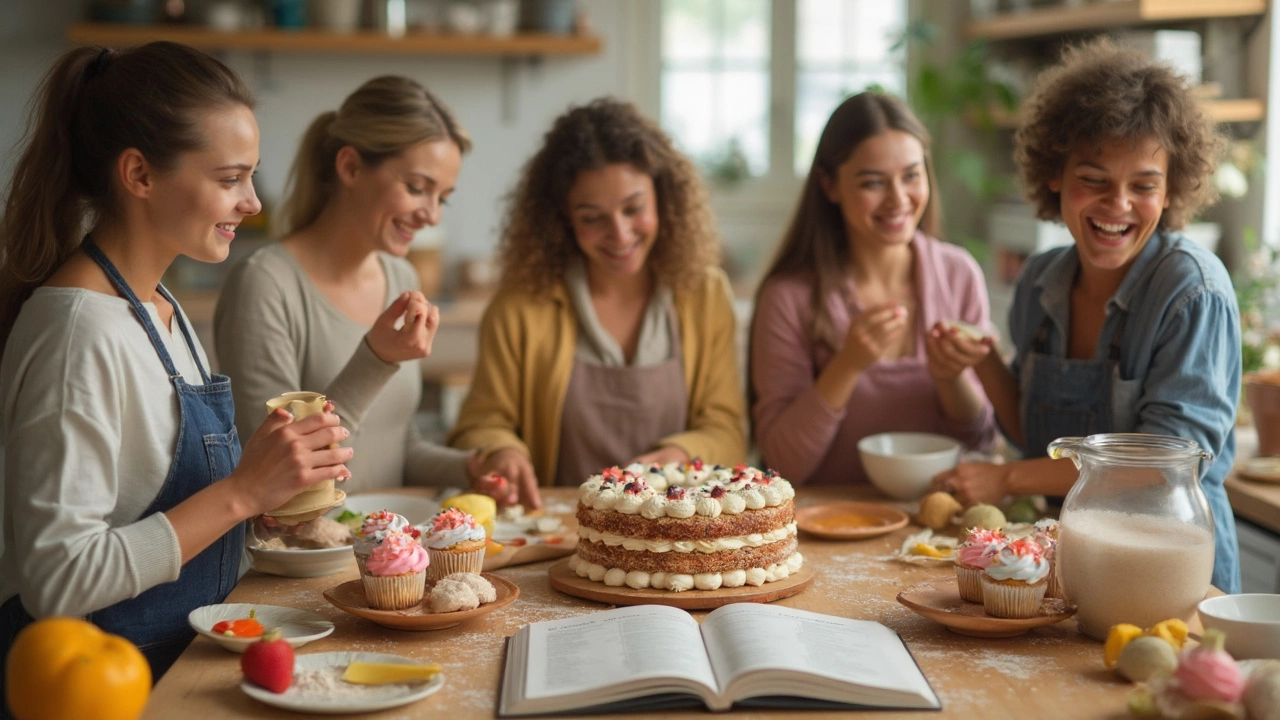
Why Is Celiac Disease So Common Now? Gluten-Free in the Spotlight
Celiac disease diagnoses have soared over the last few decades, turning gluten-free cakes into a daily reality for many. This article breaks down why the condition is more common now, uncovers the role of modern diets, and gives tips for safe baking. It also separates myths from facts and offers guidance for living gluten-free without missing out on treats. Whether you’re newly diagnosed or just gluten-curious, there’s practical info here for you.
View More
